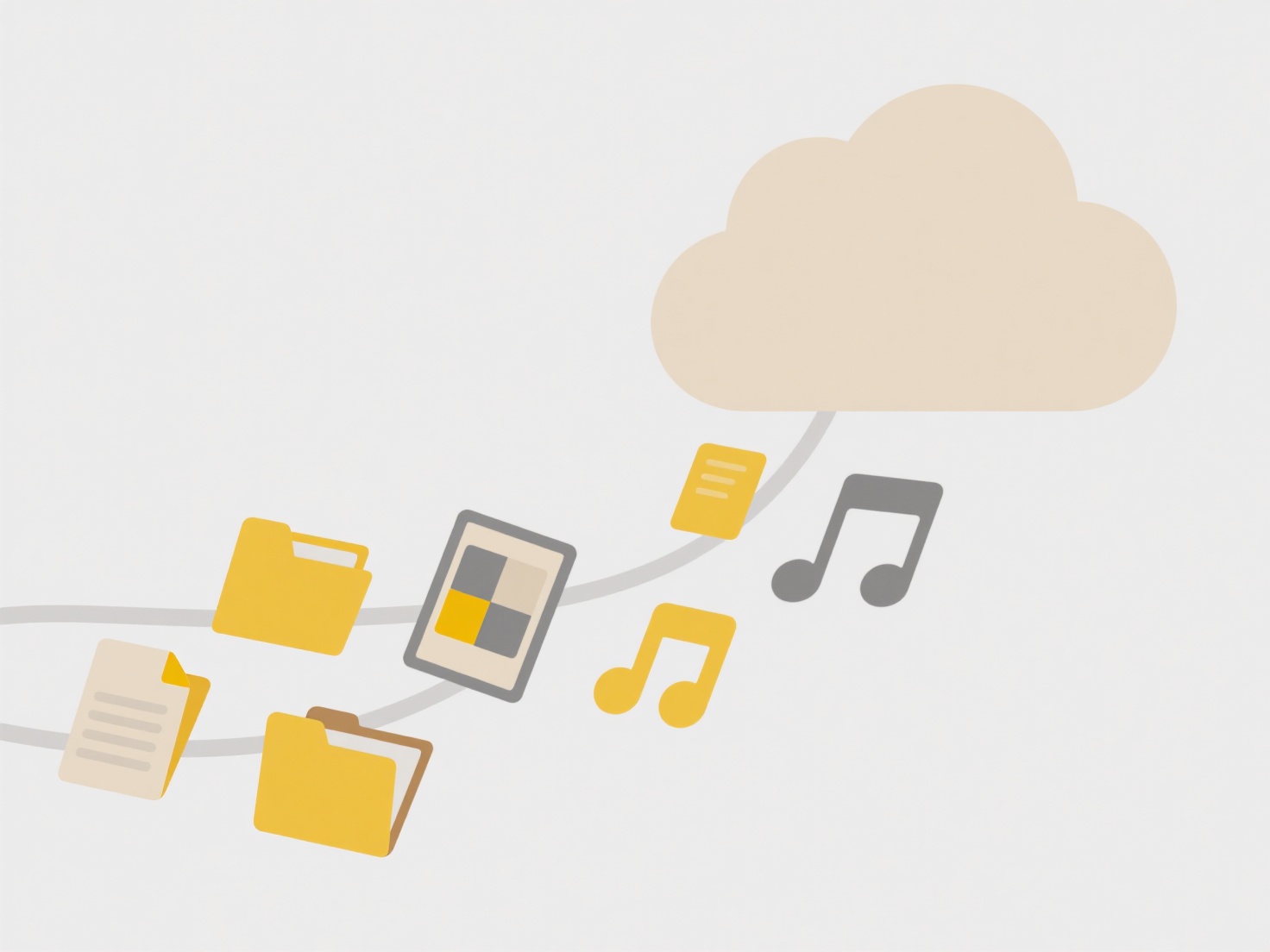
Password protection for shared files involves encrypting the file contents so that only users knowing the correct password can open and access it. It differs from general file sharing permissions by requiring specific knowledge (the password) rather than just verifying a user's identity within a system. Essentially, the file is scrambled, and the password acts as the unique key needed to unlock it and make the contents readable.

For example, when sharing sensitive budget spreadsheets externally via email, attaching the file as a password-protected PDF generated in Microsoft Office is common practice. Another typical use case involves creating an encrypted .zip archive containing multiple private documents using tools like 7-Zip or WinZip; the recipient then enters the password you provided separately to extract the files.
The key advantage is enhanced security during transit and storage, preventing unauthorized access if the file is intercepted or accessed accidentally. However, it has limitations: security weakens if passwords are shared insecurely (like in the same email) or are easily guessable. Additionally, if the password is forgotten, the data inside is typically irrecoverable. Future developments focus on simplifying secure password exchange methods integrated directly within sharing platforms.
How do I password-protect a shared file?
Password protection for shared files involves encrypting the file contents so that only users knowing the correct password can open and access it. It differs from general file sharing permissions by requiring specific knowledge (the password) rather than just verifying a user's identity within a system. Essentially, the file is scrambled, and the password acts as the unique key needed to unlock it and make the contents readable.

For example, when sharing sensitive budget spreadsheets externally via email, attaching the file as a password-protected PDF generated in Microsoft Office is common practice. Another typical use case involves creating an encrypted .zip archive containing multiple private documents using tools like 7-Zip or WinZip; the recipient then enters the password you provided separately to extract the files.
The key advantage is enhanced security during transit and storage, preventing unauthorized access if the file is intercepted or accessed accidentally. However, it has limitations: security weakens if passwords are shared insecurely (like in the same email) or are easily guessable. Additionally, if the password is forgotten, the data inside is typically irrecoverable. Future developments focus on simplifying secure password exchange methods integrated directly within sharing platforms.
Quick Article Links
Can I search for files created by specific software?
Yes, many modern operating systems allow searching for files created by specific software applications. This relies on m...
Can I use Wisfile to manage photo libraries sorted by date?
Can I use Wisfile to manage photo libraries sorted by date? Wisfile can organize your photo libraries through AI-power...
How do I track file movement between folders?
Tracking file movement between folders involves monitoring when files are relocated within a storage system, typically o...